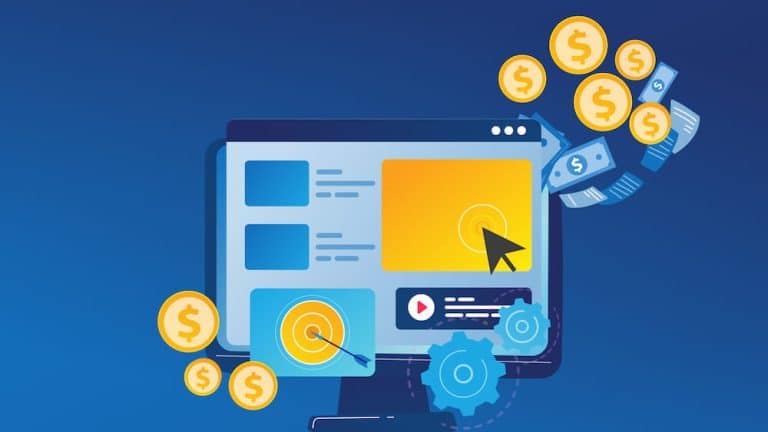Don’t miss out on the latest trends and insights that could redefine your digital marketing strategies.
How to create a killer content personalization strategy for B2B sales by Marin

If you don’t deeply understand your audience, how can you boost B2B sales through personalized content? Actually, how can you create personalization?
First of all, it’s imperative to personalize your brand to align with the preferences of your audience to achieve cohesive branding. Then, plan main topics and create content pillars based on audience insights. Afterward, schedule and repurpose this content across blogs, social media, and emails. Plus, collaborating with B2B professionals will help you reach a broader audience.
Read on Marin
Non-programmatic ways to go up the B2B funnel by Search Engine Land
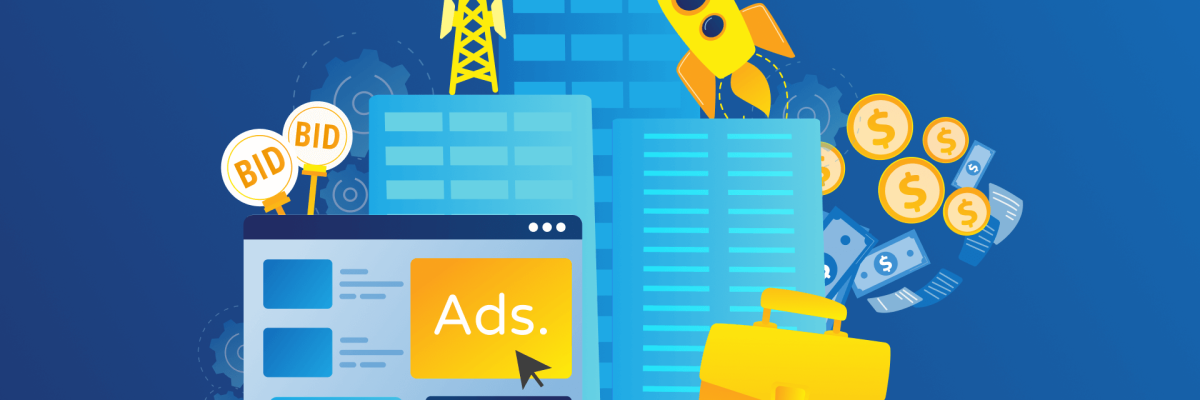
Boost your B2B marketing with smart alternatives to programmatic ads.
LinkedIn is one of the alternatives to programmatic advertising for B2B upper-funnel success because its audience quality and targeting with carousel and video ads has proven to be effective. What are the other alternatives? Facebook and Instagram offer scale and diverse formats, but messaging should be tailored to the ideal customer profile. Besides, Reddit, though smaller, provides lower-cost engagement opportunities for SaaS businesses. Lastly, organic methods like SEO, social media, and content marketing are also crucial for funnel progression.
Read on Search Engine Land
Google’s plan for ad targeting without third-party cookies by Search Engine Journal

Google is transitioning to new ad targeting methods as it phases out third-party cookies in Chrome by 2024.
This shift will rely more on first-party data and AI algorithms. To maintain audience targeting while enhancing privacy, the Privacy Sandbox Protected Audience API sets minimum thresholds for ad targeting and reduces user data storage duration. Enhanced AI will compensate for the reduced tracking scope. Advertisers are encouraged to invest in automated and consent-based solutions to adapt to this evolving landscape.
Read on Search Engine Journal
The good, the bad and the balancing act by Search Engine Land
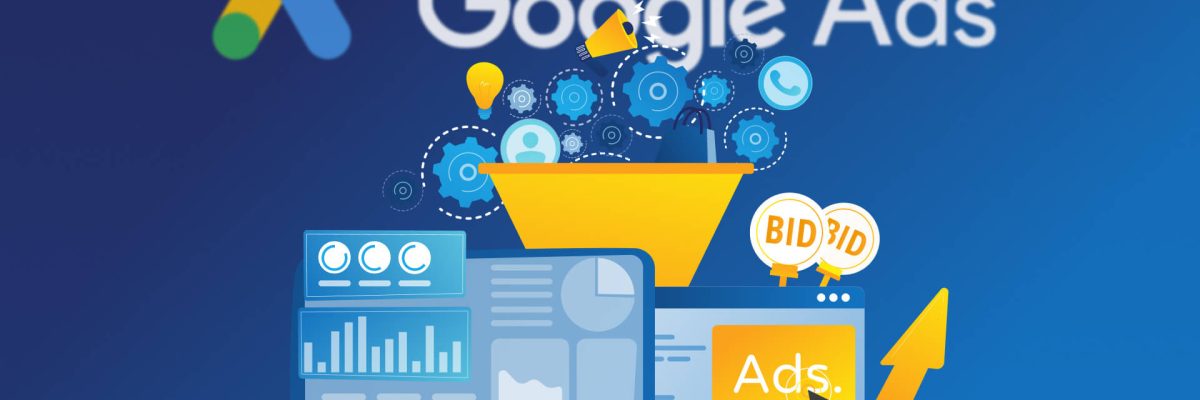
Advertisers should assess whether their practices match their specific business context and not blindly follow AI-driven recommendations.
Google Ads practices must be balanced with context-specific knowledge. For example, automated bidding strategies often outperform manual ones, yet they require correct setup to be effective. Besides, broad match keywords are increasingly effective, but they need initial down-funnel data for Google’s AI. More, data-driven attribution offers granular performance insights but lacks transparency and may not reflect complex purchasing journeys accurately.
Read on Search Engine Land
Easy guide to offline conversion tracking in Google Ads by WordStream
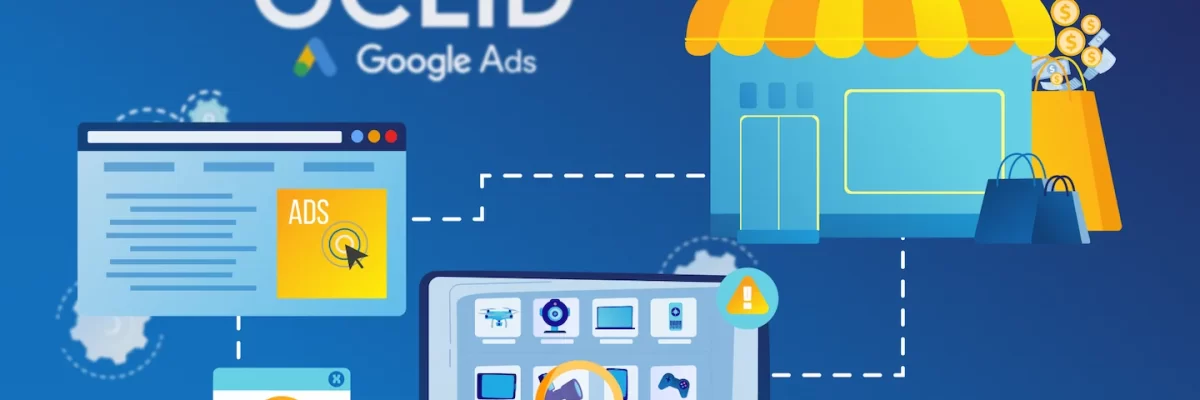
Changes like iOS updates have led to an evolution in offline conversion tracking in Google Ads, which has a negative impact on traditional methods like the Google Click Identifier.
Enhanced conversions for leads offer a new approach by capturing user data from website forms to link online ad interactions with offline actions. Shortly, key steps include setting up Google Ads for enhanced conversions, creating Google Ads User-Provided Data Event Tags in Google Tag Manager, and capturing user data like phone numbers and emails. This data is used to match online and offline interactions for accurate measurement of offline conversions.
Read on WordStream
New “search themes” boost Performance Max ads by Practical Ecommerce
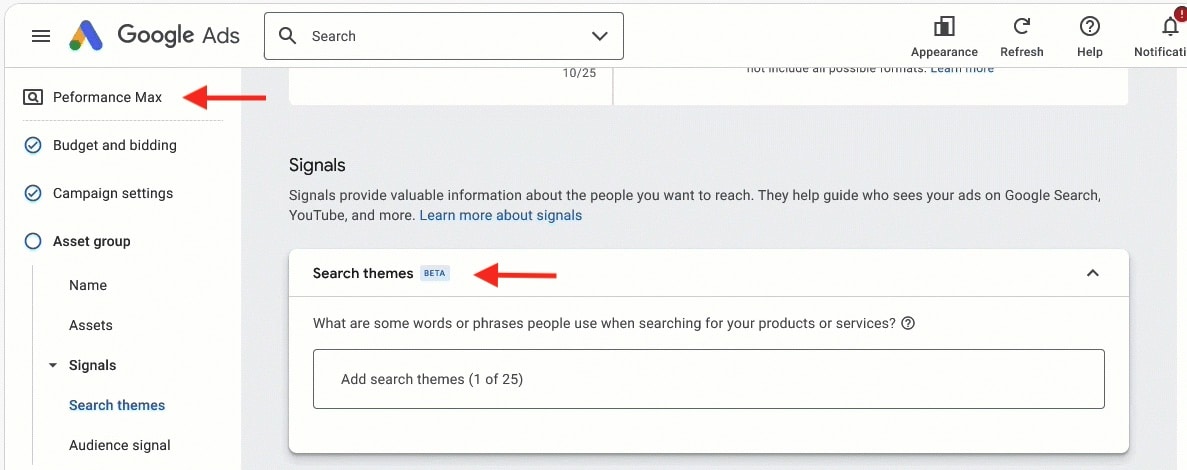
Google Ads Performance Max campaigns now include a new feature called “search themes,” to enhance audience targeting and ad performance.
Advertisers are able to add up to 25 unique search themes per asset group, functioning like keywords to inform Google’s AI about specific business aspects. This feature offers improved targeting precision by combining human insight with AI for more relevant ad placements. Besides, search themes prioritize ads in search inventory, similar to phrase and broad match keywords, but give precedence to exact-match keywords. However, a balance between AI efficiency and the irreplaceable human touch is crucial for campaigns to resonate authentically with audiences.
Read on Practical Ecommerce
4 genius ways to drive more calls from Google Ads by WordStream
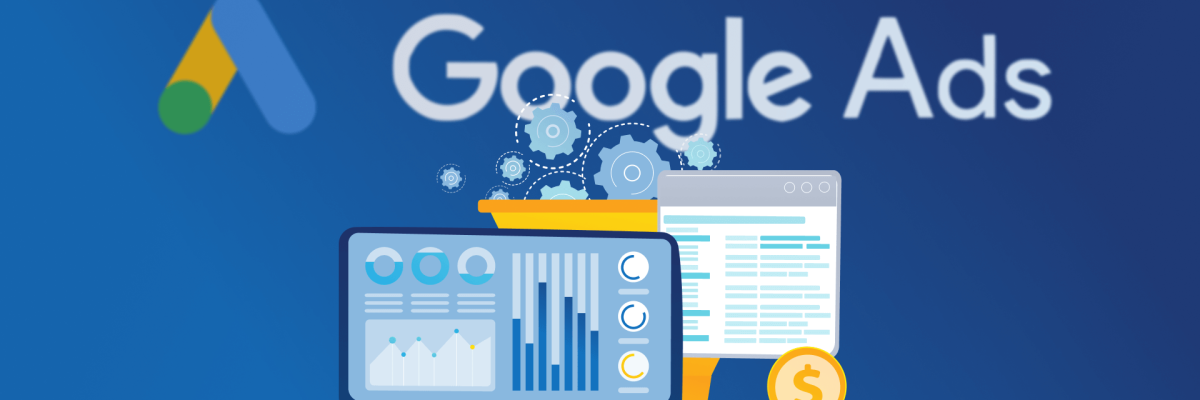
Often, the challenge lies in not just attracting clicks, but in converting these into valuable phone conversations.
The solution for your business might be maximizing calls from Google Ads. But how? Turn online interest into real-world engagement by implementing strategic call-focused tactics in your Google Ads.
- Add Call Assets: Show your phone number or include a call button.
- Use Call Ads: Leverage call ads to prompt direct calls from the ad.
- Optimize Ads for Calls: Make sure that the ad copy, targeting, and scheduling are all set up to drive call conversions.
- Fine-Tune Landing Pages: Optimize landing pages to include a clear, clickable call button.
Read on WordStream
Google rolls out generative AI tools for product images in the US by Search Engine Land

Google has launched new AI tools for product imagery in the US, available through Product Studio.
These tools allow advertisers to create and edit product images using text prompts. It’s a significant time-saving and cost-reducing alternative to traditional photography and editing. The capabilities range from simple tasks like changing background colors to more complex customizations like product placement. The aim with these tools is to make generating such images more accessible and efficient for businesses of all sizes.
Read on Search Engine Land
Remarketing vs. retargeting: Are they the same thing? — by Search Engine Journal

Remarketing and retargeting, often used interchangeably, have distinct roles in digital marketing.
Retargeting primarily involves online ad placement targeting users who interacted with a site without purchasing. It sets a cookie in the user’s browser to retarget them with ads once they leave the site. Remarketing, on the other hand, focuses on re-engaging existing customers, often through email marketing or paid ads, using their purchase history for personalized messaging. The lines between these tactics have blurred recently, with platforms like Google and Meta Ads allowing targeting via email lists, merging email marketing with paid media.
Read on Search Engine Journal

